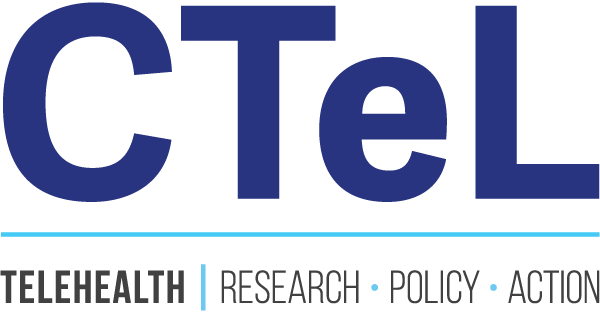Telehealth Policy and the Public Health Emergency Waivers
During the COVID-19 Public Health Emergency (PHE), telehealth became a critical lifeline for millions of patients, driving rapid innovation and adoption in remote care delivery. Federal waivers allowed unprecedented flexibility, making it easier for healthcare providers to reach patients via telehealth, use remote monitoring technologies, employ artificial intelligence (AI) tools, and prescribe controlled substances virtually.
What Were the Public Health Emergency Waivers?
To meet the demands of the pandemic, federal policymakers implemented temporary waivers that relaxed restrictions on telehealth, prescribing, and remote care. These waivers played a pivotal role in expanding access to healthcare:
Telehealth Expansion: Waivers allowed telehealth services to be delivered across state lines, covered by Medicare, Medicaid, and private insurers. These waivers also loosened restrictions on the types of services that could be delivered virtually, including mental health and primary care.
Remote Monitoring Flexibilities: Providers were able to expand the use of remote patient monitoring (RPM) technologies to manage chronic diseases and monitor COVID-19 patients at home. The waivers made RPM more accessible and reimbursable for a wider range of conditions.
AI and Digital Tools: The waivers encouraged the integration of AI-driven tools to support virtual care, including diagnostic tools, decision support systems, and virtual triage systems, streamlining care for overwhelmed providers.
Prescribing of Controlled Substances: Under normal circumstances, the Ryan Haight Act requires an in-person consultation before a provider can prescribe controlled substances. The PHE waivers allowed virtual prescribing of controlled substances, crucial for patients with chronic pain, anxiety, ADHD, and opioid use disorders. These waivers made it possible for more patients to access medication-assisted treatment (MAT) and other necessary medications without the need for an in-person visit.
What’s at Stake as the Waivers Expire?
Download the PHE Waiver Fact Sheet
As the March 31, 2025 deadline approaches, the expiration of the PHE waivers threatens to roll back many of these advancements, with serious consequences for healthcare providers and patients alike:
Telehealth Access: Without action, patients may lose access to virtual care, especially those in rural or underserved areas who rely on telehealth for mental health, primary care, and specialty services. Providers will face renewed challenges with licensing, cross-state care, and reimbursement restrictions.
Remote Patient Monitoring: The expanded use of RPM may be reduced if waivers are not extended or made permanent, limiting providers’ ability to monitor chronic conditions remotely and reducing patient outcomes for those who depend on these technologies.
AI and Healthcare Innovation: AI tools integrated into telehealth platforms may lose regulatory flexibility, slowing the adoption of cutting-edge technologies that streamline diagnostics and patient care management. Without clear policies, the use of AI in healthcare could be restricted.
Controlled Substances Prescribing: The return of strict in-person requirements for prescribing controlled substances would severely impact patients who depend on telehealth to access treatment for conditions like opioid use disorder, ADHD, and chronic pain. Virtual prescribing has been a lifeline for many, and the expiration of these waivers would disproportionately affect vulnerable populations.
Telehealth has revolutionized healthcare, especially during the COVID-19 pandemic, by improving access and delivering cost-effective care. However, without Congressional action, telehealth flexibilities may expire, potentially leaving millions of patients without vital care options. Inaccurate or incomplete data may lead the Congressional Budget Office (CBO) to underestimate telehealth's true value, threatening its permanence in healthcare systems.
Telehealth Trends and Impact Statistics
Telehealth vs. Traditional Care: Cost and Efficiency Tradeoffs
Join the Call for Permanent Telehealth Policies
As we approach the March 31, 2025 deadline, the time for action is now. The healthcare system cannot afford to revert to pre-pandemic limitations on telehealth, remote care, and virtual prescribing. Policymakers, healthcare providers, and advocates must come together to push for lasting reforms that will make the flexibility and innovation of the PHE waivers permanent fixtures of American healthcare.
Explore our resources and join the fight to protect and expand access to telehealth, AI-driven care, and remote patient monitoring. The future of healthcare depends on the decisions we make today.
Stay Informed and Take Action Today
We provide the latest policy updates and advocacy resources to help you take action in support of permanent telehealth solutions. Stay informed, and make your voice heard—together, we can shape the future of connected care.


